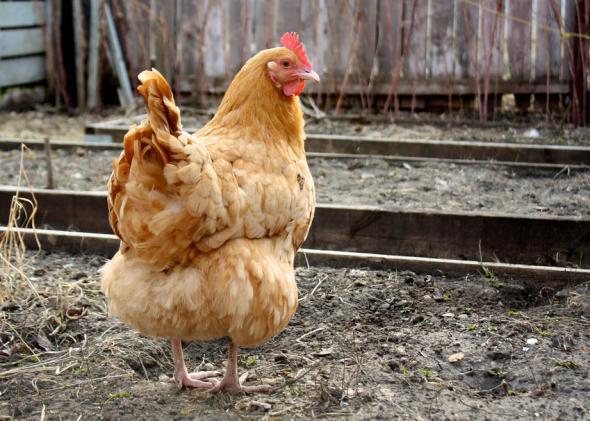It’s been a rough summer for poultry. First researchers discovered that genetic engineering had caused fertility problems in particularly fat roosters. Then McDonald’s Japan introduced tofu into its nuggets. And last week, Russian President Vladimir Putin reopened the chicken wars by banning all food imports from the United States in response to Western sanctions over the conflict in Ukraine.
U.S. officials say the impact of Russia’s decision on the American economy will be minimal. But the ban is also affecting fruits, vegetables, meat, fish, and milk products from the European Union, Norway, Australia, and Canada—and could hit some of those countries especially hard. According to data and statistics company Statista, Poland stands to lose the most from Russia’s food ban, followed by Norway, which exported more than a billion dollars worth of fish to Russia in the past year.

Chart courtesy of Statista
For Poland, food and beverages are a relatively small part of total exports (11 percent), but Russia’s ban could still take half a percentage point off the country’s economic growth in 2014. It could also leave Poland scrambling to find a home for about half of its annual apple crop, Norway looking for someone to buy its salmon, and Denmark and the Netherlands peddling their stocks of cheese. Belgian pears are also at risk. American chickens may feel spurned in the short term, but since beef is expensive and demand for poultry is up, they’ll probably be OK.
Then again, as Josh Keating pointed out in Slate last week, Russia itself might take most of the blow from this ban. The country imports 40 percent of its food, and with the new sanctions it has effectively cut off more than half of its imported meat and fish and 30 percent of its vegetables. Forcing people to get those foods domestically is sure to send prices soaring and make for some unhappy consumers.
